I was recently informed that the most recent fad to hit the health scene is the avocado pit. Yep, it’s that hard slippery seed disgorged from the avocado that you normally compost, or turn into a science experiment for the kids. And while it’s also great to keep the guac from going brown, I have yet to see anyone actually eat the pit. But apparently this is all about to change.
Avocado pit, you see, contains antioxidants.
If you receive regular science updates from sites like sciencedaily, or peruse r/science over at reddit, you will have likely noticed an uptick in the amount of research being conducted into plant chemicals. The recognition that natural compounds have a lot to offer is now being recognized, the best most recent example being the Nobel Prize in Physiology awarded to Youyou Tu for her work with artemisinin (derived from medicinal herb Artemisia annua). As a herbalist, it is both of great interest and also very gratifying to see all this scientific attention lavished on my green allies.
One unfortunate side-effect of all this new research into plant chemicals, however, are the rather tenuous extrapolations that some people make with regard to their ultimate health benefits. The reasons for these suspect claims are manifold, but typically come down to either greed, or ignorance. Remember the miraculous “xanthones” of everybody’s favorite MLM mangosteen juice? This is but one example of this phytochemical burlesque show. As for the ignorant, well, they are understandably held in rapt attention: “just look at those xanthones doood!”
Which brings me to the miracle of the avocado pit. Despite the superlatives cast upon it, however, I imagine that it is only being used by a relatively few diehards, willing to invest the time and energy needed to grind their organic avocado pits into a fine, homogenous powder that they can add to their kale smoothies. And it’s a good thing that it probably won’t catch on, because despite the fact that avocado pit most certainly does contain antioxidants, in truth, these “antioxidants” can also serve as a kind of toxin.
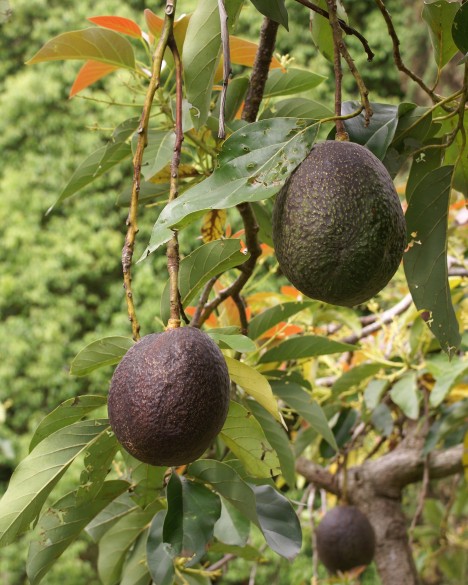
Consider for a moment what these so-called “anti-oxidants” are: “warrior” chemicals that a plant synthesizes in order to protect itself. In this way, these compounds are a double-edged sword. In relatively small amounts within the diet, they trigger a protective response in the body, supporting healthy immune function. This is an example of the synergy that exists between the original purpose of plant chemicals, and the similar effect these chemicals exert upon the organisms that consume them. In this way, we are plants too – just more complex and mobile.
In larger amounts, however, these so-called “antioxidants” are actually kind of toxic. After all, this was part of their intended purpose: to discourage predation by animals. In large amounts, these compounds and others act as antinutrient factors, which by variety of mechanisms, impair the function of digestion. A good example of this toxic effect are the antioxidants in green tea, including polypenols such as epigallocatechin gallate (EGCG), that have anti-inflammatory and anti-cancer properties. Have you ever drunk some green tea infused a little too strong, on an empty stomach? The result can be an unpleasant nausea so strong it can take the appetite away for hours. In this way, the reputed benefit of green tea for weight loss can be mostly attributable to its effect on appetite.
But don’t mistake me for hating on green tea. I am a mild aficionado of fine Taiwanese teas, and I respect the long-held traditions of its consumption. When it comes to the avocado pit, however, I come to a decidedly different conclusion. For one thing, just look at the thing. The hard woody drupe that is the pit certainly doesn’t look like food to me. If I said, “Here, this brick is totally edible. Just grind it up and add it to your smoothie,” I hope you would say no. Not because it is a brick made out of harmless sterile dirt, but because eating a brick never intuitively appealed to you (unless of course, you have pica). So I ask you, have you been looking at an avocado pit lately and saying to yourself “Damn, I need to get me some pit”?
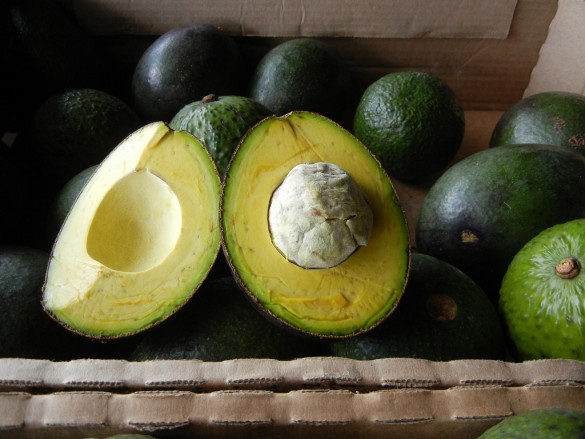
You were never really fooled into thinking it was food, were you? For one thing, avocado pit contains trypsin inhibitors at fairly high levels. Trypsin is a digestive enzyme released in the small intestine, and if you add avocado pit powder to your pea protein kale smoothie, you will block its activity. Perhaps nothing major will happen, except protein malabsorption, but it might also give you smelly farts and gas, as the gut bacteria putrefy the proteins.
Besides the polyphenols and tannins similarly found in tea that act as antinutrient factors, avocado pit also contains appreciable amounts of hydrocyanic acid and cyanogenic glycosides, both of which turn into the deadly toxic hydrogen cyanide. While I am not saying that the level is so high that avocado pits are a good way to knock someone off, do you still want to eat this? I mean, it’s a giant woody pit. With cyanide. That might give you nausea and make smelly farts.
You know what other fruit is loaded with antioxidants? Castor bean. But seriously don’t try this please, because it can cause serious problems.
So, can we get off this “antioxidant” nonsense yet? The practice of medicine and the prevention of disease is so much more than this. Instead of searching for some novel solution, why not get educated instead?
Want more?
Check out my two part review of twenty different so-called “superfoods”, submitted to me by my readers:
➡ Superfoods are bullshit, Part one
➡ Superfoods are bullshit, Part two
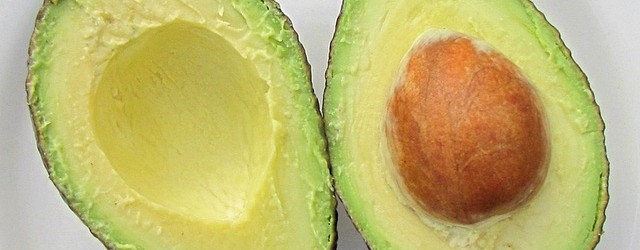




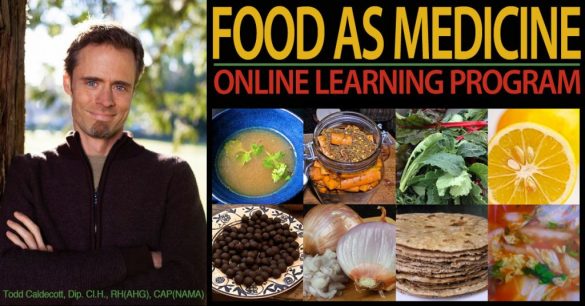
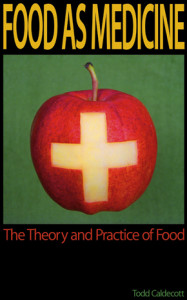
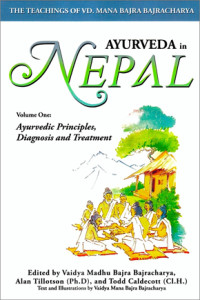
Todd,
since you spent time in Hunzaland, did you partake in the rich intake of apricot kernels that the Hunza’s use in their diet? How many kernels do you think an Hunza native will consume in a day, with their rich amydalin content? Thanks